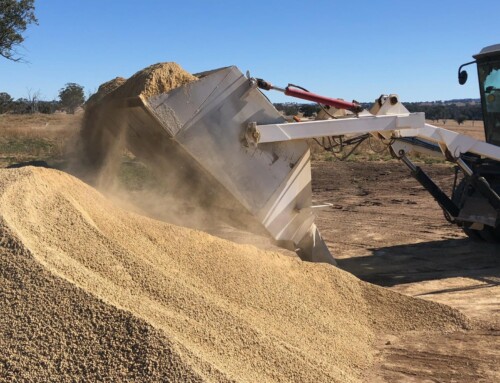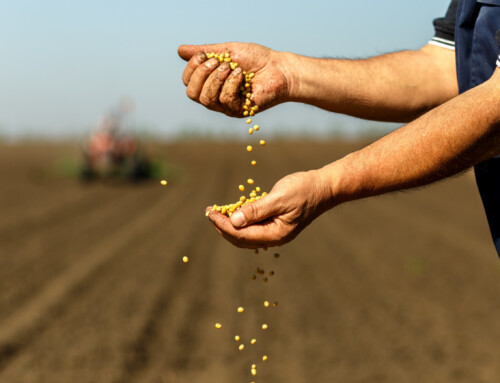Triple Superphosphate (TSP) is a low cost source of phosphorus and is the main substitute for Single Superphosphate in cropping blends. It is a good source of phosphorus in situations where no nitrogen is required, for example, good fallow after clover dominant pasture. It is offer benefits to horticultural blends to increase phosphorus content needs.
TSP does store and flow through all types of equipment extremely well. TSP flows significantly quicker than other fertilisers, approximately 15 to 20% faster so take extra care when calibrating before sowing.
Triple superphosphate is manufactured by reacting phosphate rock with phosphoric acid, rather than sulfuric acid, as used in the manufacture of single superphosphate. The resultant product has a higher phosphorus content than single superphosphate, but contains very little sulfur. Triple superphosphate consists mainly of monocalcium phosphate, whereas single superphosphate contains monocalcium phosphate and calcium sulfate (gypsum). Triple Superphosphate contains N 0%, P 20.6%, K 0%, S 1.5% and Ca 17%.
In recent years, the use of triple superphosphate has been largely confined to grain crops planted at wide row spacings, in which the fertiliser and seed are applied through the same delivery hose and placed in direct contact with each other in the soil.
Triple super can also be used for the treatment of contaminated soils.










